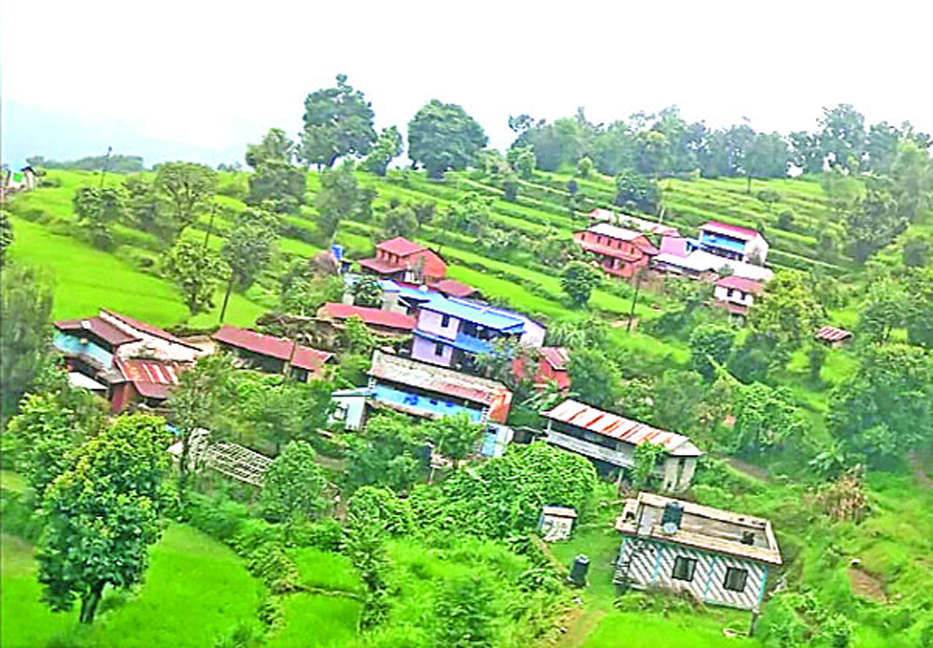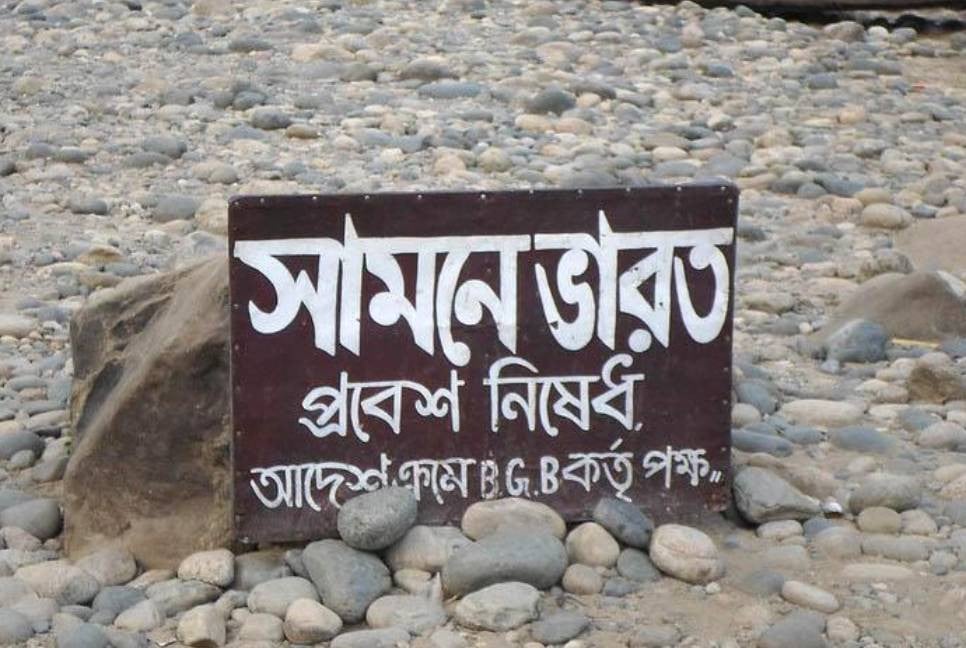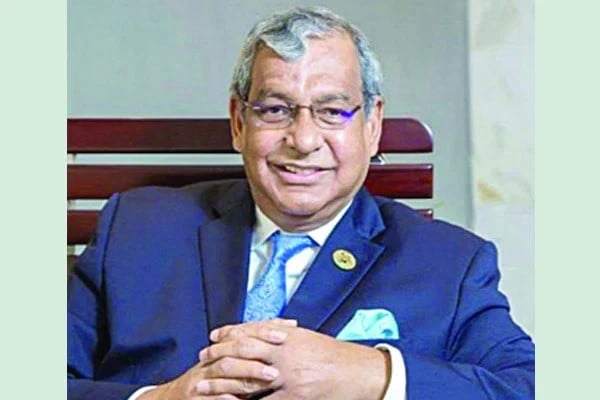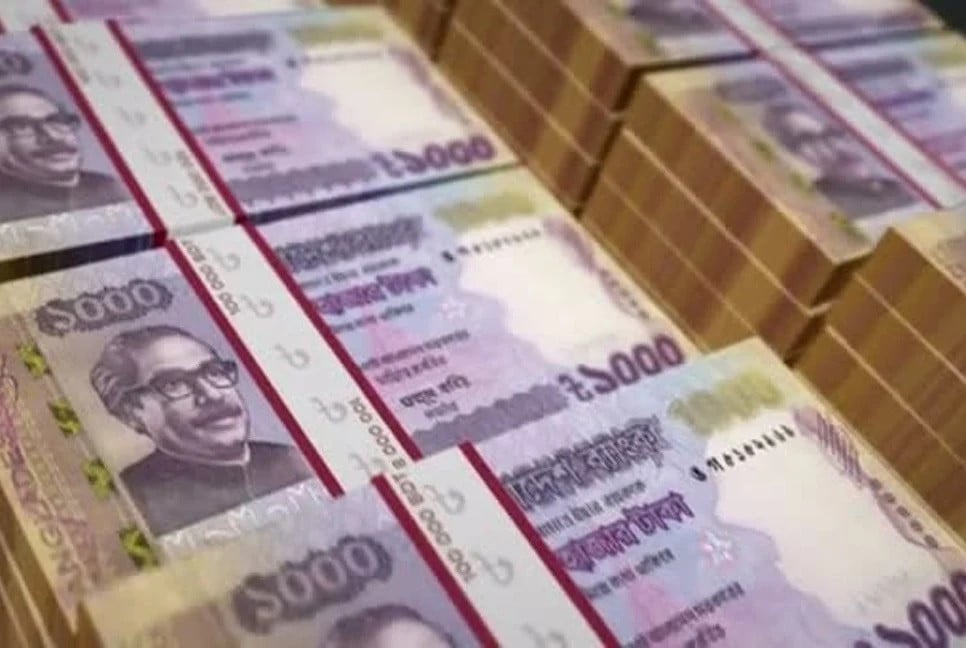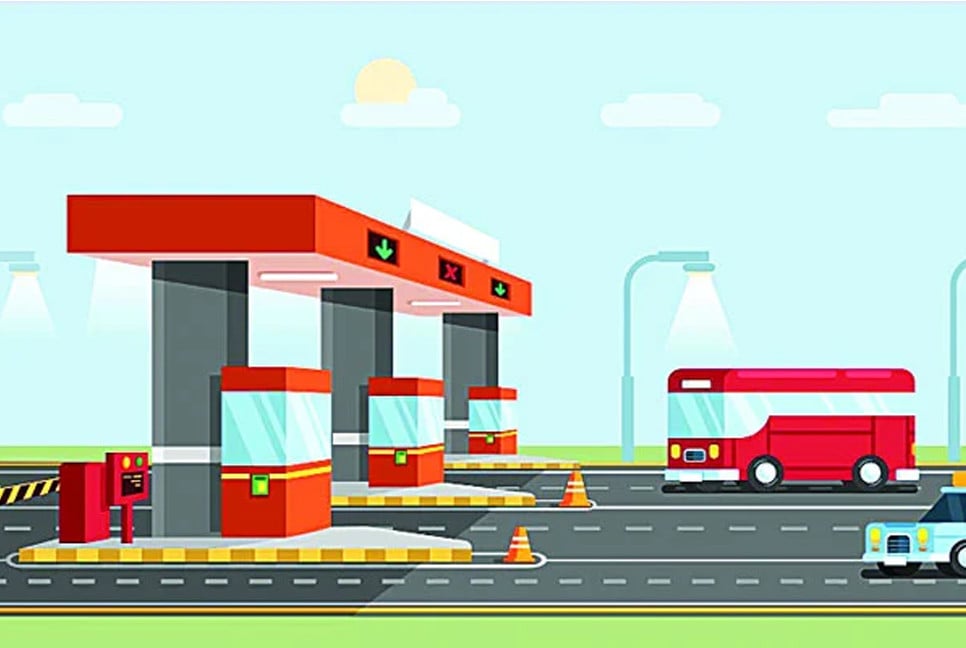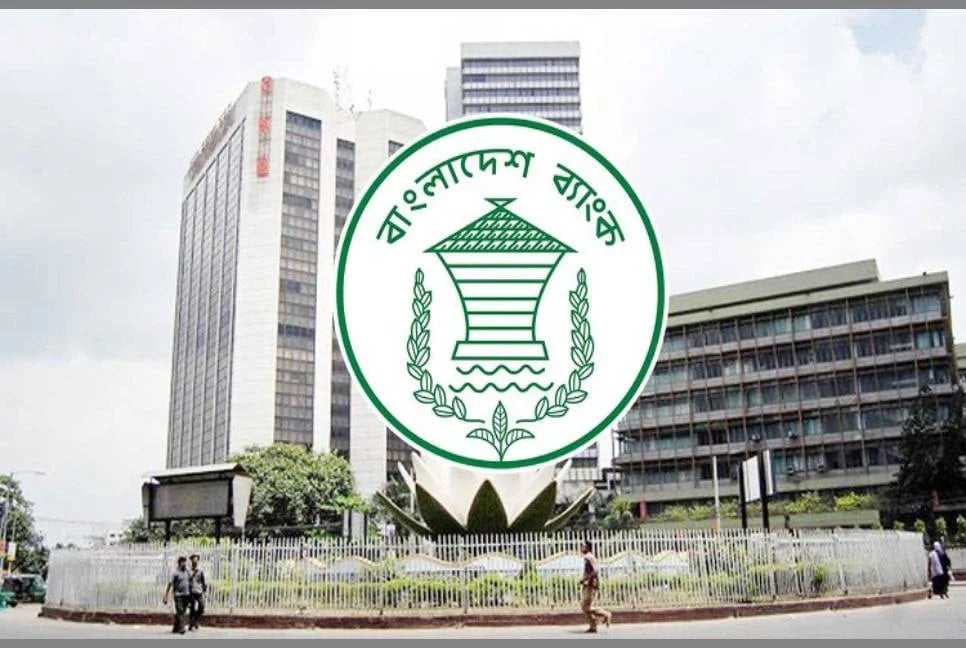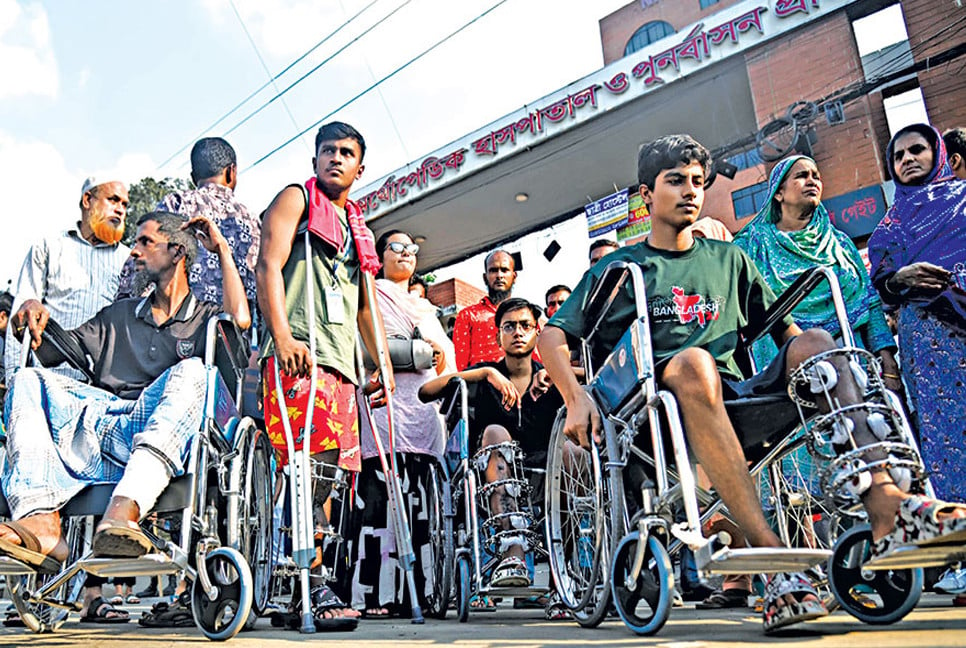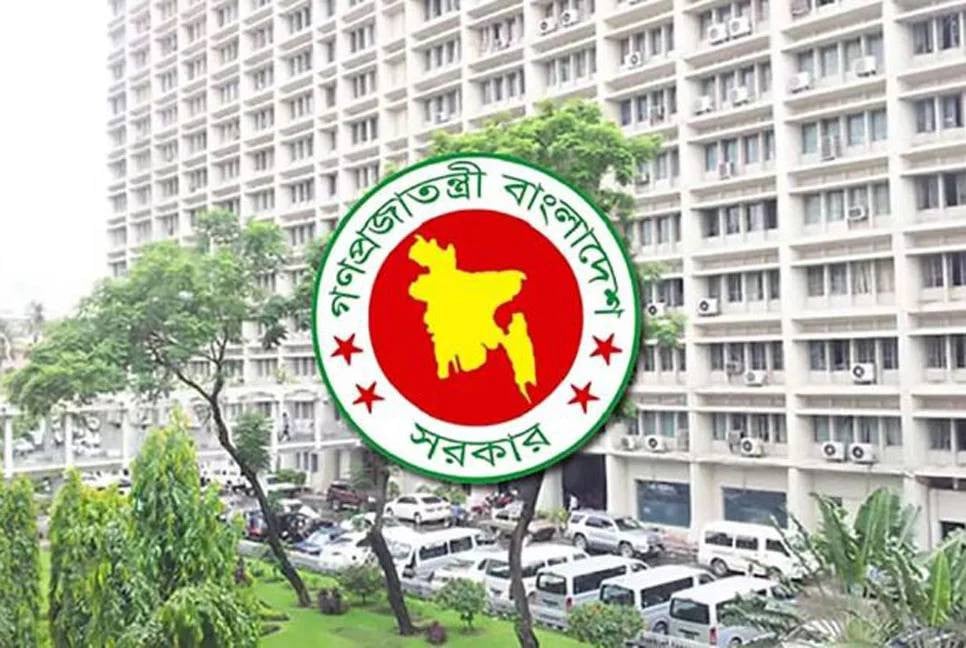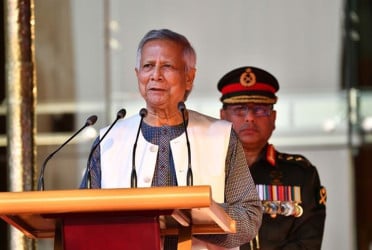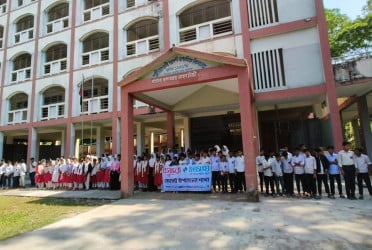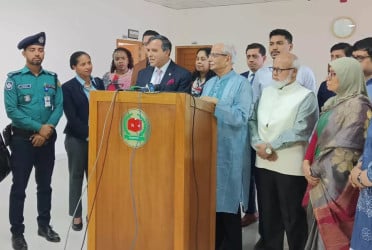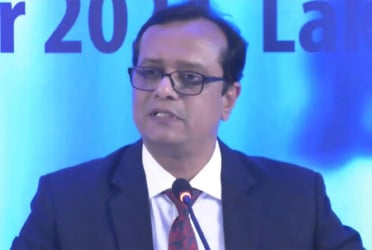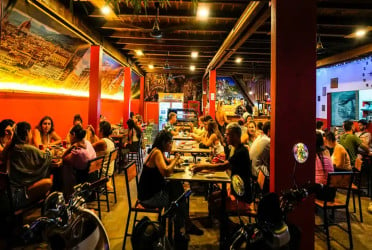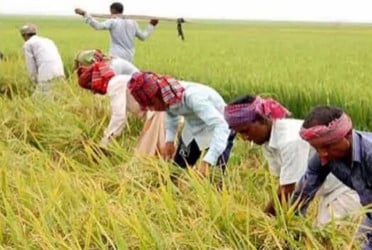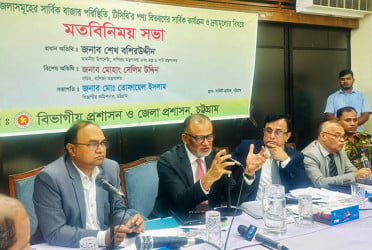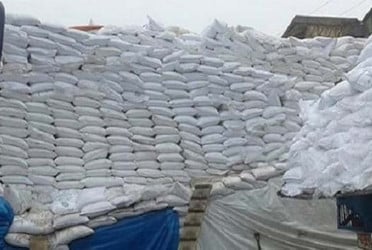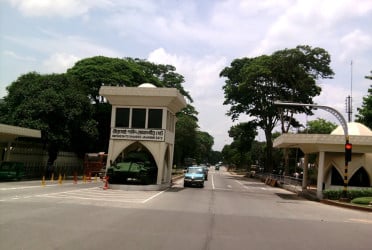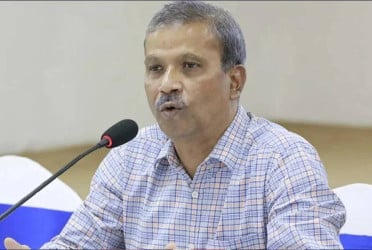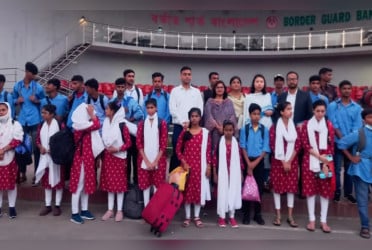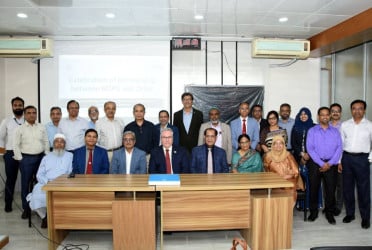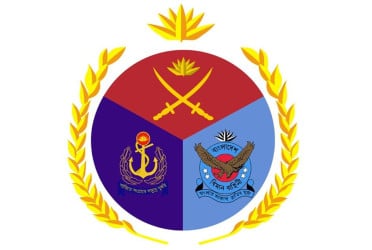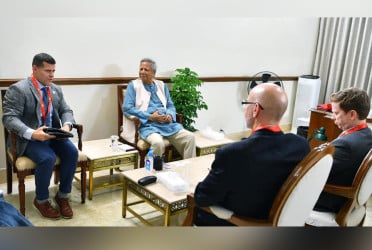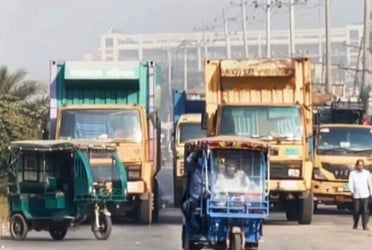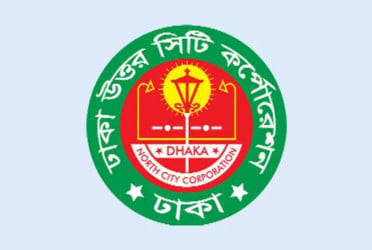The total land area of Nepal is 56, 827 sq. kilometers, which is almost equal to that of Bangladesh. However, they are facing tough challenges to provide foods for its 3 crores of its residents. The most attractive feature of Nepal is its widely stretched mountains including the great Himalayas. There are very few low lands available here and the low lands get under the flushing water in rainy season that came down from the hilly lands. As a result, among the 28% of agricultural lands, only 21% is cultivable.
In this context, in each and every yard in Nepalese houses, horticulture was spread extensively. Residents of each house cultivate a few types of crops and vegetables. They’re using whatever lands they have in their possessions.
On the other hand, farmers have resorted to new agricultural technology by using polythene sheds or mulching system in the hills. Although tourism is a major strength of Nepal, the economy of Nepal is largely dominated by agriculture. More than 80 percent of Nepal's population is dependent on agriculture, although only 21 percent of the total arable land is cultivated. Nepal has increased surplus production on minimal land by planting or cultivating flood, drought, heat and cold tolerant smart varieties. Thye’ve been engaged in making beds and lofts in hilly places, covering beds and lofts with polythene, informing the farmers about the agricultural weather in advance, collecting different types of food before natural calamities, because, along with man-made problems, natural disasters have also become one of the obstacles in Nepal's agriculture. Untimely rainfall, excess rainfall, floods, reduced soil fertility, poor quality seed supply and above all insect infestation have emerged as major constraints to the country's agricultural production.
Rice and corn were cultivated in small areas in the courtyard of every house. Although rice seedlings have barely been planted, the maize crop has been harvested. Now only the lower stem is visible. In the loft of the house, ripe mocha of corn is hung to dry on the cornice of the wall. Seeing the laborious production efforts of the Nepalese is truly a different kind of experience. Tourism in Nepal like other countries was completely stopped during Corona. Agriculture was the lifeblood of Nepal's economy then. The government then emphasized on guaranteeing agricultural inputs. At the beginning of 2021, Nepal bought 50 thousand tons of fertilizer from Bangladesh for Tk 110 crore. Generally, Nepal imports fertilizers from third countries through Bangladesh's Chittagong and Mongla sea ports. Many countries were not at the level of normal cooperation during Corona. The people of Nepal are mainly dependent on vegetables and meat. Production and consumption of fish is very low. The fish available in Nala, Rham or other splashing rivers are very expensive. These fish go to local hotels, tourist services. The few locals who have been contacted, almost all of them jokingly said, 'Machlikhore Bengali.' For a long time, the Nepalese government has been promising to be self-sufficient in the production of staple food rice and other agricultural products. But in fact, it was not possible. Basically they don't have enough cultivable land. As a result, rice has to be imported from neighboring India every year as Nepal's staple food. However, apart from India, Nepal also imports rice from Vietnam, Thailand, China and South Korea. They used to import rice worth two and a half thousand crore rupees annually. Agricultural experts in Nepal say that as arable land in the country is decreasing day by day, rice cultivation is also decreasing. In the last decade alone, rice cultivation in the country has decreased by 1 lakh hectares, where an average of 3.8 tonnes of paddy was produced per hectare.
As a result, due to rapid and unplanned urbanization, the amount of arable land in the country is decreasing, which indirectly makes the country dependent on imports. According to the World Bank, agriculture is the main source of food, income and employment for the majority of people in Nepal. It accounts for about 33 percent of the Gross Domestic Product (GDP). Nepal is trying to tackle the deficit by increasing production and diversifying agricultural products through smart agricultural technology.
@The report was published in Bengali on print and online versions of The Bangladesh Pratidin on September 2 and rewritten in English by Lutful Hoque

